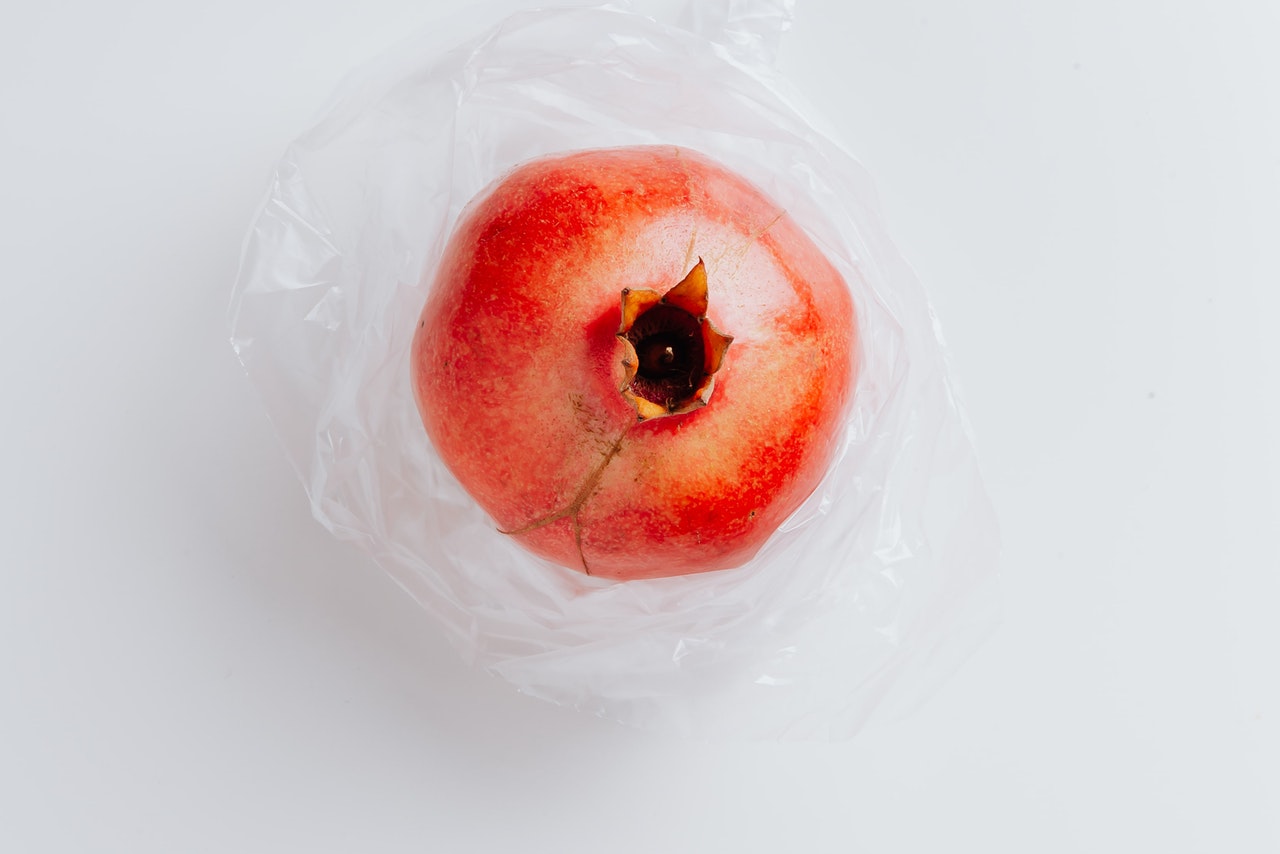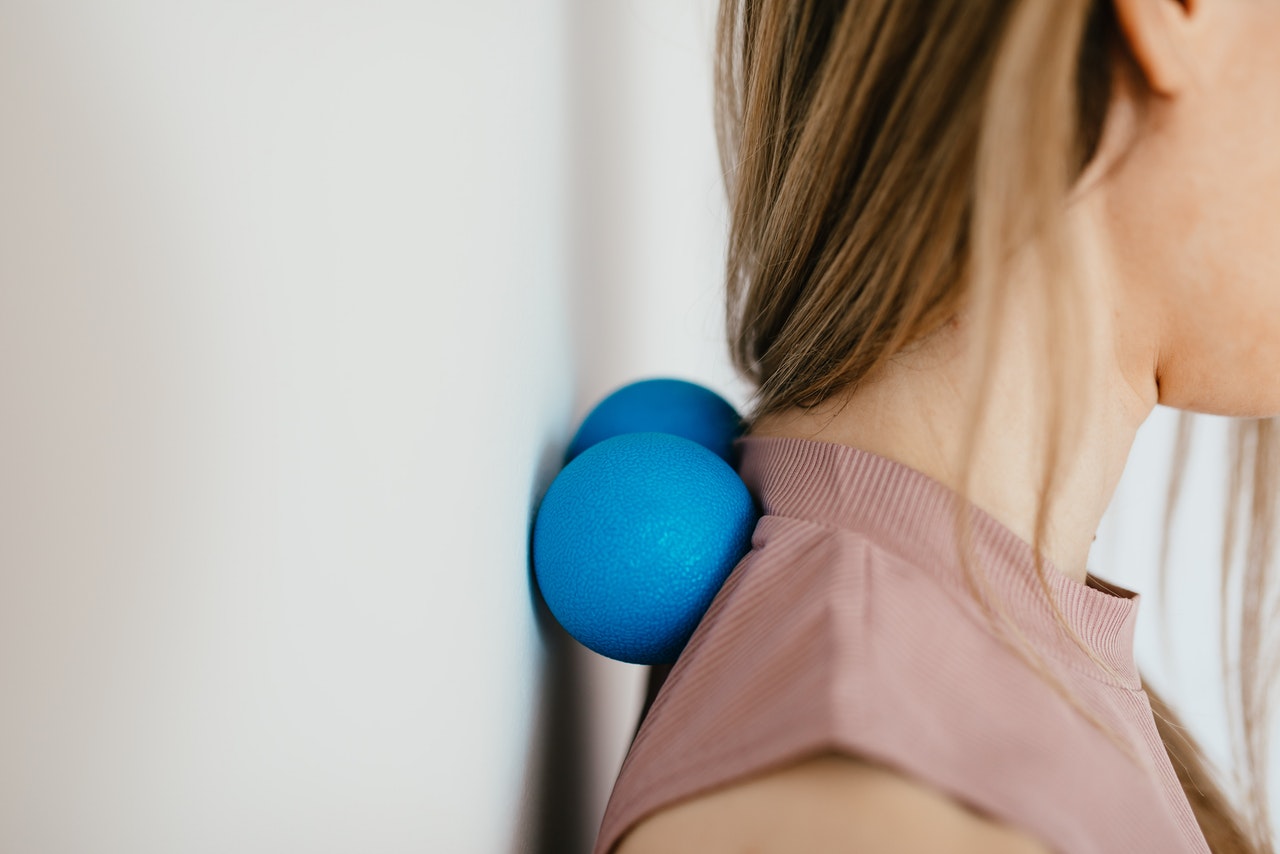By: Daphne Oz, author, cohost of FOX’s MasterChef Junior and The Dish on Oz airing Wednesdays on The Dr. Oz Show, Mom Brain podcaster and nutrition ambassador for Persona Nutrition
Let’s cut right to the chase: this year has been nuts. As we all adjust to life in the wake of a pandemic and so much that is unknown, one thing has stood firm to me: we have to look for bright spots of self-reliance where we can find it. Taking good care of ourselves and our loved ones consistently is key to giving ourselves the best possible defenses and the most resilient mind, bodies and spirit to take on each new day. Here are my top 10 + 1 (because we all deserve a bonus) self-care tips that should be on every parent’s radar heading into 2021.
Let kids guide the way.
We take care of our kids all the time, but they actually love having a chance to take care of you! Let them think of a fun way to help you — it could be as simple as a foot rub, fixing you some tea or a little light meal if they’re old enough to handle that safely! It makes them feel so good to be kind and thoughtful in ways that are manageable (yay for raising good humans!) — and it’s an added bonus of wonderful time together for you both. It’s also a great way to start to get your kids familiar with self-care for themselves. Their lives can be stressful sometimes too, and it’s never too early to start reinforcing the ways they will find resilience and happiness long term.
No more all or nothing.
Start with something! We steal our own joy and psych ourselves out of doing good things for ourselves all the time by telling ourselves we have to work out for the hour or it’s not worth it. Splurging on a cookie “ruins” a whole day of healthy eating. The home organization project we are desperate for keeps getting put off because we only have time for one room (or one closet) at a time. Everything major starts somewhere small. Don’t be afraid to take the first step that leads to the first ten steps that leads to the future of health, balance and positivity we all crave.
Vegetables for breakfast!
It’s a thing. I love doing scrambles with tons of sautéed veggies that I crack an egg or two into and scramble together for a deliciously filling, savory breakfast. Especially in colder months, make way for a warm bowl of deliciously fragrant soups, sautéed veggies, even leftover braises earlier in the day and set yourself up for healthy eating success with stable blood sugar (slow release carbs, protein and healthy fats!) rather than the usual breakfast carb overload.
Replace old bad habits with something that feels good.
As humans, we’re typically fans of old habits and the status quo — even if it isn’t really working for us (witness: my disorganized bedroom, grocery shopping while hungry, etc). Try to embrace the fact that whatever is comfortable about old habits that don’t serve us are easier to overcome when we fill the void with something that feels good! That positive emotional association will make it easier to stick with a new habit through the adjustment period, so try some radical shifts towards a habit that serves you.
An example: I was really sick of my overflowing inbox. Opening and reading emails, then marking them unread to come back to later, then beating myself up and feeling exhausted every time I open my inbox and see it crammed full of things I thought I had addressed is the vicious cycle I fell into over and over. A never ending to do list that anyone with my email can constantly add to and that I turned into chaos! So I adopted (at my husband John’s — master of efficiency — suggestion) two new habits and one radical shift:
- Habit #1: I only open my email when I have a dedicated amount of time to read and respond to emails, 15-30 minutes seems to be the magic number for me to get through a bunch uninterrupted and feel maximally productive.
- Habit #2, no more reading and marking mail as unread to return to. Instead, I mark items that need follow up as “flagged” and move on to filter through other quick replies if that’s all I have physical or emotional time for at that moment. My flagged inbox is much easier to return to when I have more time to devote to a thoughtful response without having to filter through new and old requests mixed together.
- And my radical shift? I had some emails languish in my inbox for…months. Like, many months. And if I haven’t replied to them in that long and there isn’t a follow up, I decided to cut my losses and start fresh. I marked them all as read and moved on with my life with an empty and newly populating inbox that I actually have a strategy for tackling now. Believe me, it was horribly nerve-wracking the first couple weeks because I felt so guilty for never replying. But the great feeling of knowing I was responding to the important new items in a timely way and the healthy brain space of not feeling like I was behind the eight ball every time I checked my email has felt so good, that I know there’s no going back!
Schedule 5 minutes to yourself every couple hours.
Call them your sanity breaks. Don’t use the time to go online or scroll social media. Just sit and check in with yourself, or take a walk around the block, or run the stairs, or do squats, or take your vitamins (I love Persona’s personalized vitamin packs that I simply tear from the pack and take when I have my 5 minutes of me time). It’s important to get clarity on where you are in your day. How you feel after certain interactions, activities or behaviors so you can figure out what you would ideally have more (or less of) in your day.
Get familiar with your slow cooker.
We’ve all been eating at home more than ever before. And with all the demands on our time, everyone loves a fast meal that comes together effortlessly. But there is something extra luxurious about the way flavors blend and food turns rich (even while keeping it light!) when it has cooked for a long time. The best part is, you can add all the ingredients — chicken and spices, beef and vegetables, beans and tomatoes for vegetarian chili — before you head to work (or your home office), and dinner is ready to go when you step into your kitchen!
Go to bed early.
Ugh, this is my least favorite on the list because I am such a night owl. But my eating, my energy, my general outlook is always so much better when I get to sleep before 10pm. It sets your body’s natural rhythms up for success and means you’re not running on fumes all day — which is usually the fastest way to send us running for more caffeine, more sugar, more stimulus of every kind that we just don’t need to look, feel or function our best.
Extra loving.
If there’s one thing 2020 has taught us, it’s tremendous gratitude for the people in our lives whom we love — and who love us. We crave that connection and constancy, and especially when so much around us feels turbulent and trying. Connect physically whenever you can! There’s a reason babies thrive from being skin to skin. Being together soothes us on so many levels. It might still be challenging to be together in person, but take time to call or Zoom, write letters, reach out. And give a little love to yourself, too! A smile in the mirror, some positive self-affirmations in the shower or in the car…little (easy, manageable) but consistency is the key.
Get it delivered!
The social distancing that has ensued the past eight months has opened my eyes to the surprise, delight and convenience of delivery! There are so many wonderful companies who have shifted their business models – large big box brands and numerous local retail owners – to offer delivery or curbside pickup. So, give it a try to make life a little simpler. It can be for your groceries, home office and school supplies, a new cozy loungewear set, kids activity boxes and even your daily vitamin packs (Persona is delivered to your door every 28 days so it’s one less thing to worry about!).
Move your body and spend at least 15 minutes sweating every day.
Sweating is how we detox, release tension and get stronger — mentally, emotionally, and yes physically. It doesn’t have to be an hour in the gym. It could be running stairs, or walking to check off your errands, or 15 minutes of sun salutations, or jump rope and pushups in your bedroom. My days always feel more productive when I start them with a commitment to taking this time for my body and mind.
Say YES to homemade.
I never, ever feel satisfied by store-bought candy or dessert — it’s always gone too fast, too saccharin, too “almost-good-but-not-quite-there”. Homemade dessert, on the other hand, has variety! It’s layered, its customized, and most of all, it’s real! Whether its classic chocolate chip cookies, a sweet-tart plum tart, seven layer cake, ice cream, millionaire’s short bread, banana bread (SO. MUCH. BANANA BREAD!), or just glorious pure and salty dark chocolate drizzled over berries, homemade dessert and baked goods are worth the work, and the work means you won’t indulge more often than it counts. Treat yourself with foods so good they’re worth the wait and fuel your resolve to take good care of your body the rest of the time.
I hope at least a few of these easy self-care tips ring true for you. They’ve made a big difference in my family’s life, and I hope they will help you navigate every day with a little more energy, ease and positivity as you set your sights on the New Year. Remember to start small and start today — and stay well!












